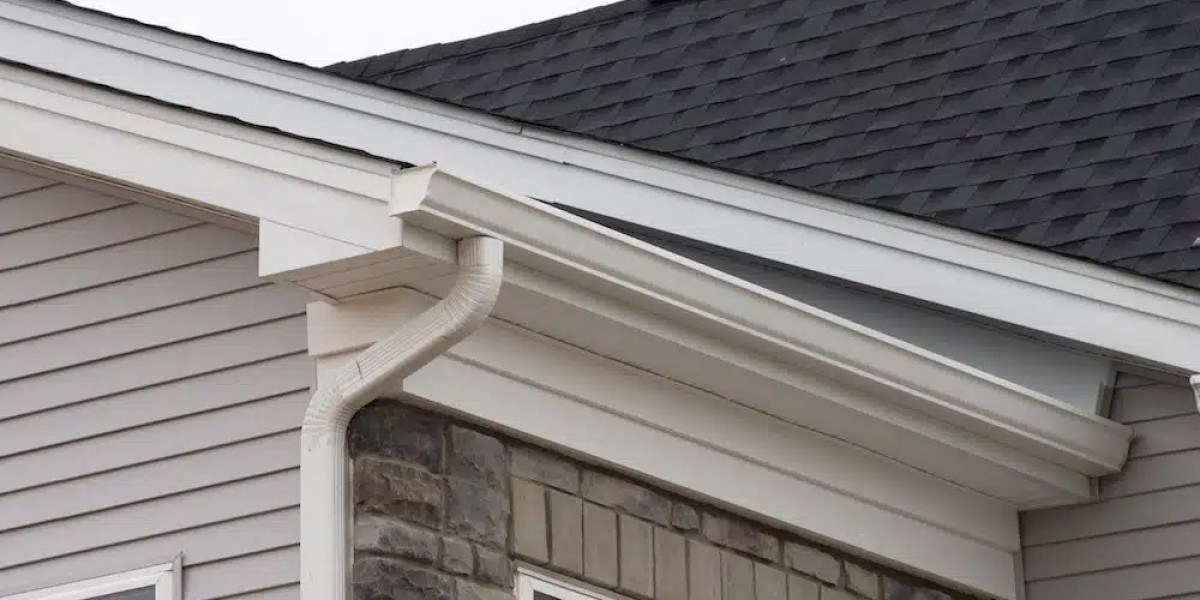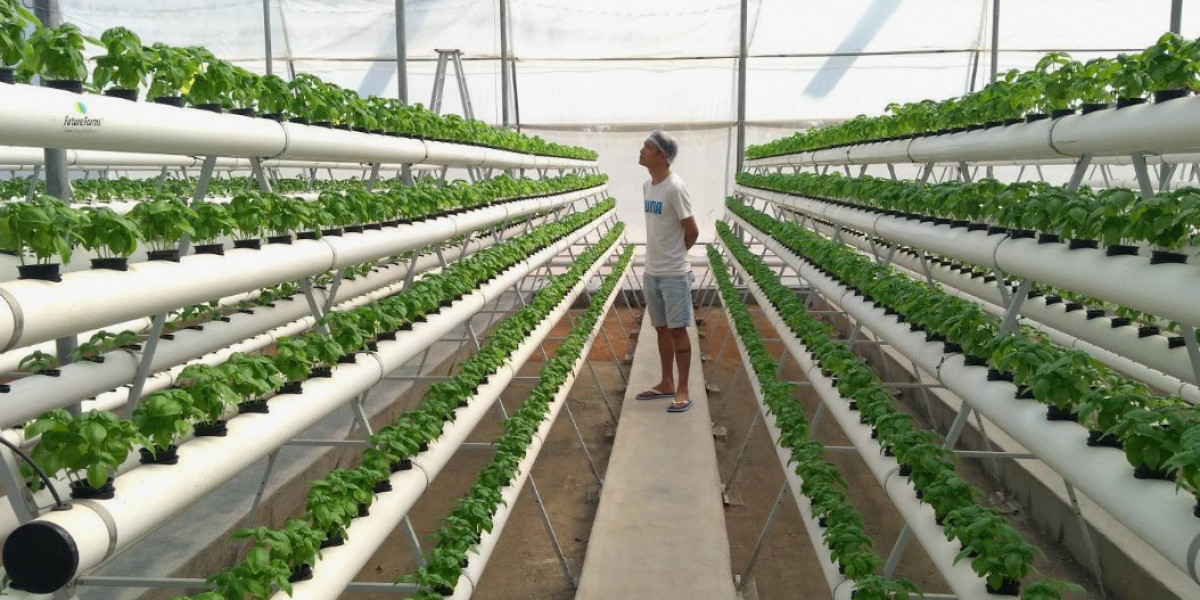Your house's gutters serve as an essential protective mechanism that prevents costly water damage. Your house's initial watertight defense element starts with gutters because they channel rain and snow away from your roof, walls, and foundation. Damage and blockages in gutters create hidden damages that cost thousands of dollars in repair expenses.
Gutter Repair Woodbridge VA can save you from severe headaches down the road. Here’s how to catch the warning signs before it's too late.
1. Look for Sagging or Detached Gutters
Sagging gutters and any sections separate from the house wall surface clearly indicate damage. The combination of water and ice accumulation with debris fills creates pressure that causes gutters to sag. Fascia boards are in bad condition; loose fasteners may lead to gutter detachment.
Why it matters: Water channels poorly when gutters detach from the roof, causing household foundations to pool and heightening the chances of basement flooding alongside structural destruction.
What to do: Perform a thorough inspection of sagging areas each time a storm occurs. Old brackets should be reattached tightly or upgraded to hangers that deliver better fitment.
2. Peeling Paint or Rust Spots
Walk around your home and inspect the exterior walls near the gutters. If you notice peeling paint, bubbling, or rust stains, it might be due to water constantly dripping or spilling from the gutters.
Why it matters: Water spilling over damaged or clogged gutters can damage siding and trim over time. Rust is a sign that your gutters retain moisture, something they’re designed to prevent.
What to do: If the damage is minor, address rust spots with a wire brush and protective paint. If the rust is widespread, replacing the section may be more cost-effective.
3. Watermarks or Mold Around the Foundation
Check the ground surrounding your home for any signs of water staining, erosion, or mold growth. Poor drainage from faulty gutters often causes water to spill over and saturate the foundation.
Why it matters: Consistent water pooling near the foundation can lead to cracks, basement leaks, and costly structural repairs.
What to do: Extend downspouts at least 4-6 feet from the foundation and ensure water flows away from the house. If the problem persists, consider installing a drainage system or grading your landscape.
4. Puddles or Pooling Water in the Gutters
After a rainfall, check if water is pooling inside the gutters instead of flowing out through the downspouts.
Why it matters: Standing water is often caused by clogs, poor slope design, or sagging gutters. It invites mosquito breeding and accelerates rust and rot.
What to do: Clean out debris and leaves. Ensure your gutters are pitched correctly—typically a quarter inch per 10 feet towards the downspout.
5. Cracks, Holes, or Separated Joints
Small cracks or holes may not seem like a big deal, but over time, they allow water to escape and damage the fascia, soffit, and even the home’s interior walls.
Why it matters: Gutter leaks, even minor ones, can eventually lead to mold growth and wood rot.
What to do: For small repairs, use gutter sealant or waterproof tape. For extensive damage, replace the section or consider seamless gutters, which are less prone to joint leaks.
6. Overflowing Gutters During Rainstorms
If you notice water pouring over the sides of the gutters during a downpour, it’s a clear indicator that something’s wrong.
Why it matters: Overflowing water can affect your walls and foundation, damage landscaping, and create slippery walkways.
What to do: Check for blockages in the downspouts or gutter troughs. Regular Gutter Cleaning Falls Church VA, especially during the fall, is essential to prevent this issue.
7. Detached or Clogged Downspouts
Downspouts direct water away from your home. If they become detached, clogged, or pointed in the wrong direction, they can defeat the entire purpose of your gutter system.
Why it matters: Improper water redirection can cause extensive erosion around your home and lead to costly repairs.
What to do: Securely reattach any loose downspouts. Use a plumbing snake or hose to dislodge any clogs. Consider installing a splash block or extender for better water dispersion.
8. Signs of Water Damage Inside the Home
Water stains on ceilings, peeling paint inside, or mold near windows could all indicate failing gutters, which allow moisture into your home.
Why it matters: Moisture damage can weaken your home’s structure, lead to mold infestations, and compromise indoor air quality.
What to do: If you suspect the gutters are to blame, check for leaks above the stained areas. If you're not sure where the water is coming from, a professional inspection might be necessary.
9. Insect or Pest Infestations
Rodents, mosquitoes, and birds love clogged gutters—they offer shelter and a consistent water source.
Why it matters: Pests can spread disease and even cause physical damage to your home by chewing through materials or nesting in your attic.
What to do: Clear leaves and debris from the gutters regularly. Installing gutter guards can reduce buildup and deter pests from settling in.
10. Plants Growing in Your Gutters
Yes, this is a real thing. If you see green growth or small plants sprouting from your gutters, it’s a clear sign that they’ve been clogged for a while.
Why it matters: If gutters aren't cleaned, soil and seeds can accumulate over time, turning them into unintentional planters. This adds weight and accelerates damage.
What to do: Remove the vegetation and clean out the gutters thoroughly. To prevent recurrence, consider a semi-annual maintenance schedule.
Final Thoughts: Prevention is Cheaper than Repair
Gutter Installation Woodbridge VA is often overlooked until the damage becomes apparent—and expensive. But by taking a proactive approach and regularly inspecting your gutter system, you can avoid significant repair bills.
Tips for Prevention:
Clean your gutters at least twice a year (spring and fall).
Invest in gutter guards to reduce debris buildup.
Schedule a professional inspection annually, especially before winter.
Ensure proper slope and secure mounting of your gutter system.
Your gutters may not be glamorous, but they quietly protect your biggest investment—your home. Take care of them, and they’ll take care of you.









